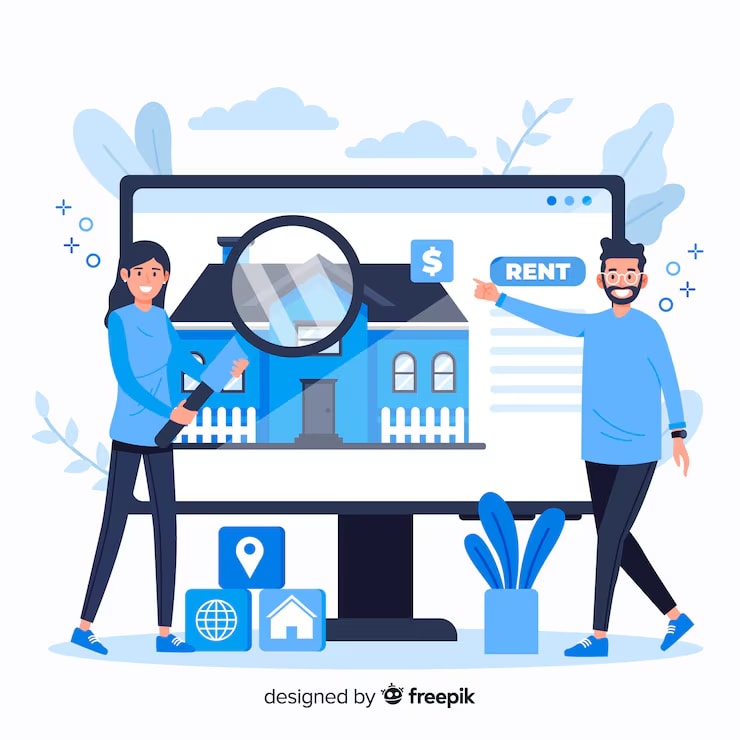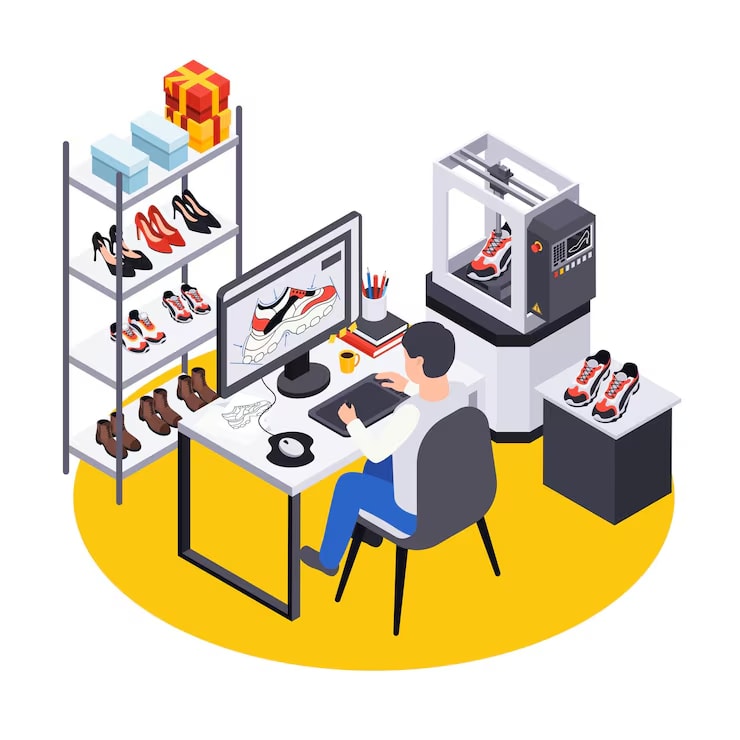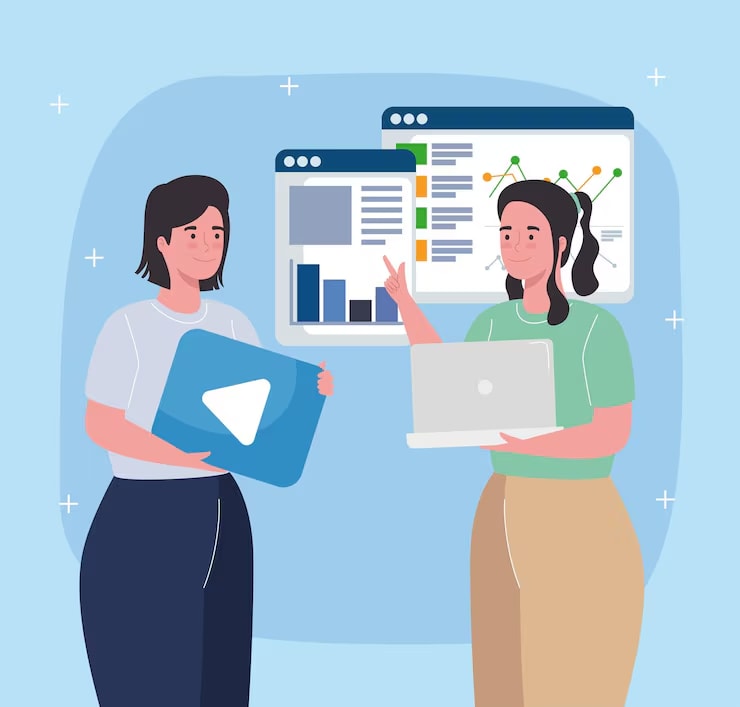5 Best Real-Life Examples of Successful MVP Development for Startups
In the fast paced world of startups, the Minimum Viable Product (MVP) approach has become a smart strategy to verify ideas, attract early users, and build a foundation for growth. An MVP is a focused version of your idea with just enough features to solve a core problem and collect feedback. Today, many successful tech giants started as MVPs before growing into billion dollar businesses.
In this blog, we’ll explain five of the best real life MVP examples that show how startups used lean thinking, rapid prototyping, and user centric feedback to transform simple beginnings into global success stories.
Also read: AI in MVP Development: A New Era of Faster and Smarter Product Validation
1. Airbnb: Renting Out an Air Mattress to Validate a Market
MVP Approach: Manual work, simple website
Problem: The founders Brian Chesky and Joe Gebbia, saw that hotel rooms in San Francisco were very expensive during big events. They asked themselves, “What if hosts rent out air mattresses, beds, and breakfast?”
The MVP:They made a basic website called “AirBed & Breakfast” and added their own apartment. Guests stayed on air mattresses and got breakfast. The entire booking process was handled manually by email and phone calls.
Why It Worked: The founders were able to confirm the demand without investing in development. They used real life interactions to improve the concept and understand user needs, such as trust, cleanliness, and convenience.
Result: The positive response encouraged them to invest in creating a more scalable version.
Key Takeaway: The best way to validate an idea is to use a manual process, you don’t have to automate everything at first.

Get Free Quote

2. Dropbox: A Demo Video That Did the Talking
MVP Strategy: Explainer video, not a working product
Problem: People found it hard to manage files across devices. They often lost data or used USB drives.
The MVP: Dropbox released a 3 minute video instead of building a complex backend upfront, explaining how the product would work. It showed the smooth syncing of files.
Why It Worked: The video made an impact on tech users, especially on platforms like Hacker News and Digg.
Result: Dropbox proved there was strong interest before writing extensive code. They secured funding and built the actual product.Currently, Dropbox has over 700 million users and makes billions of dollars a year.
Key Takeaway: A powerful MVP can be a well produced video, especially when your product is complicated to prototype early.
3. Twitter: A Side Project That Stole the Show
MVP Strategy: Internal testing, limited feature set
Problem: The podcasting company was struggling to compete with Apple’s iTunes. During a hackathon, Jack Dorsey pitched a simple idea, what if people could share status updates with each other in real time?
The MVP: The team built “Twttr,” a basic SMS based tool where employees could send messages. It had no retweets, hashtags, images, or rich media. It was used internally within the company to test engagement.
Why It Worked: Internal use allowed quick iteration. The team could refine the product based on their own feedback. Once released publicly, its simplicity and novelty led to viral growth.
Result: Twitter quickly outgrew Odeo and became its own company. By focusing on one core feature, status sharing—it became a cultural phenomenon and went public in 2013.
Key Takeaway: To start, MVPs don’t need to be publicly visible. Internal or controlled group testing can be just as effective.


4. Instagram: From Burbn to a Photo-First App
MVP Strategy: Pivoting based on core usage insights
Problem: It first started as Burbn which was a complex app focused on check in, and photo sharing. The software struggled to gain popularity because users found it confusing.
The MVP: Burbn’s founders, Mike Krieger and Kevin Systrom, found out that users mostly used it for photo editing and posting. They renamed the app as Instagram, removed all other features and focused only on social sharing, photos, and filters.
Why It Worked:They combined product development with real world user behavior by identifying the most popular feature and developing the MVP around it. The new Instagram gained 25,000 users on the day of its launch.
Result: Instagram gained one million users in just a few months. It is still one of the most popular social media apps in the world.
Key Takeaway: Use real user data to refine your focus and build what people actually want.
5. Zappos: Testing Online Shoe Sales Without Inventory
MVP Approach: Fake it till you make it
Problem: In 1999, most people didn’t trust the idea of buying shoes online. They were used to trying them on in stores. The founder, Nick Swinmurn, wanted to see if people would really purchase shoes without first trying them on.
The MVP: Swinmurn went to local shoe shops, took pictures of different shoes, and posted them on a website. He went to the store, bought the shoes, and shipped them out when someone placed an order.
Why It Worked: The MVP proved that people were willing to shop for shoes online. It also helped Swinmurn spot important issues, like handling returns, solving size problems, and offering great customer support.
Result: Zappos grew quickly and built its own warehouses, systems, and delivery process. Amazon acquired Zappos in 2009.
Key Takeaway: To start, you don’t need expensive technology. You can confidently scale it once you know that customers want it.

Frequently Asked Question
Q: What are MVP Software Development Services?
Ans: MVP (Minimum Viable Product) software development services are services offered by software development companies to help startups and businesses create a simplified version of their product to validate ideas, gather user feedback, and reduce market risk.
Q. Why should startups build an MVP?
Ans: MVPs help startups test their idea, save money, launch faster, and learn what users really want. It also helps them get investor interest.
Q. What is the biggest mistake in MVP development?
Ans: One of the biggest mistakes is adding too many features. When you build an MVP, you should keep it simple and focus on solving one main problem clearly.
Q. How do I know if my MVP is doing well?
Ans: If users like it, keep using it, and give good feedback, your MVP is working. You’ll also reach the goals you set.
Final Thoughts:
As shown by every MVP success story, you don’t need to start with a perfect product. Verifying your concept with actual users is important, either you create a backend like Zappos, a demo video like Dropbox, or a basic website like Airbnb.
- Start small: Focus on the problem and solve it well.
- Build what users want: Let real feedback help your development.
- Keep it simple: A PowerPoint presentation, manual efforts, or even basic tools can be an MVP.
- Validate before scaling: Prove there’s demand before investing in development.